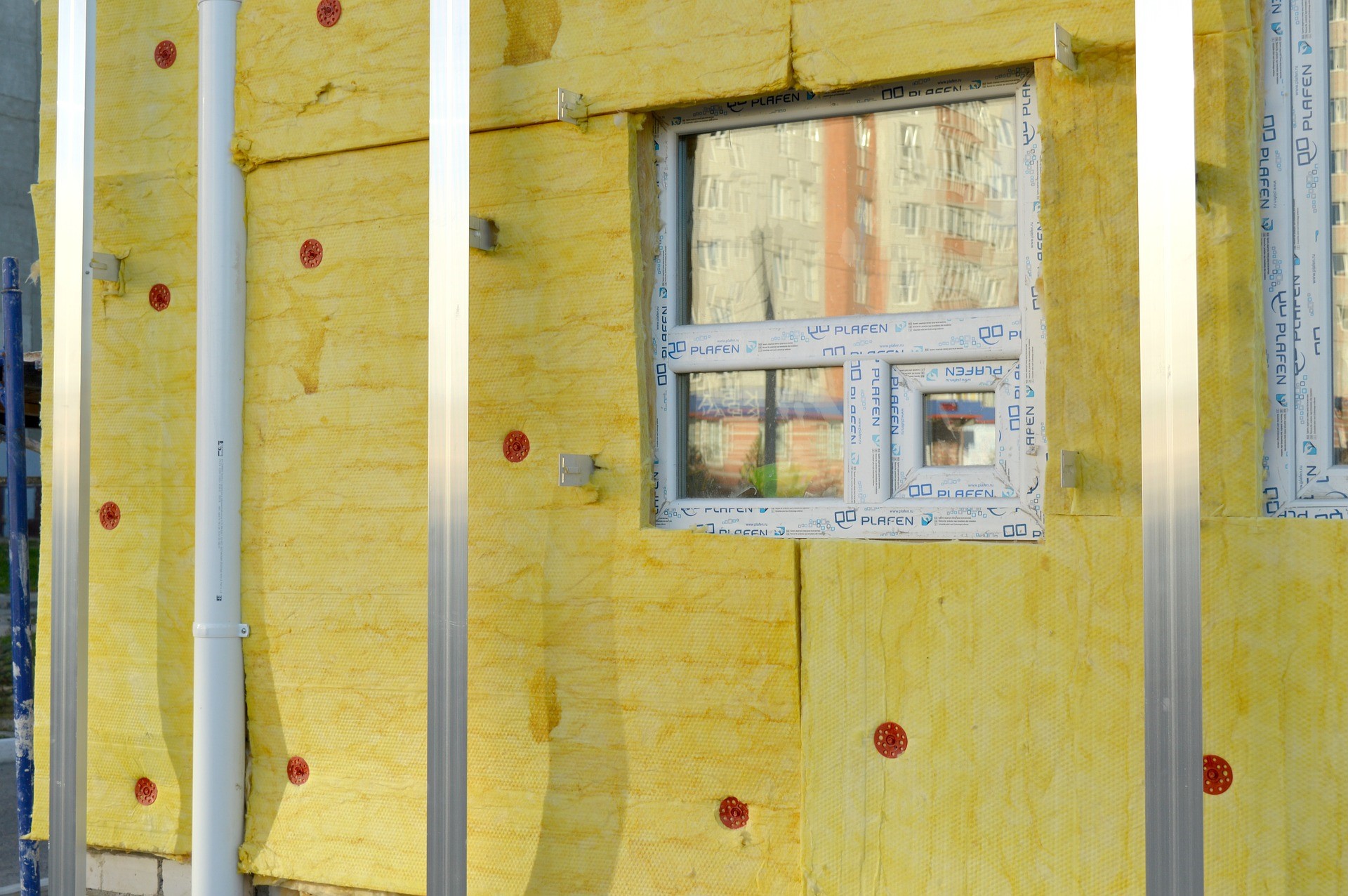Easy Garage Conversion: How to Make Space for Your Home Office
A garage conversion to a home office is a great way to add useful square footage to your house without major structural changes. With some attention to the walls and floor, a heating and cooling source, and the right furniture and decor, you can transform your garage into a home office that you’ll love for years to come.
Build a Structure
If you don’t currently have a garage available but do have space on your property, building a new structure is a workable option. When it comes to outbuildings, the primary two building materials to choose from are wood and steel.
Each choice has its pros and cons. Wood is lightweight but can support its own weight well. It's great for sound absorption and minimizing echo because of its natural acoustic properties. The wide array of species of wood available offer different looks and thermal properties. On the negative side, wood is susceptible to moisture damage, and can expand, warp, and rot over time. Termites can also seriously damage wood structures. In fact, according to American Pest, termite control and damage cost $5 billion a year in the United States.
On the
other hand, steel buildings are more resistant to water damage than wood. Steel
also does not attract bugs or fungus. Steel frames can withstand high winds and
earthquakes and are non-combustible. Many people prefer steel buildings because
they are low maintenance and virtually last a lifetime.
Pick Your Flooring
Most garages have concrete floors. And if you are on a budget, merely cleaning and polishing the concrete can be fine for your home office — you can add a few area rugs and be done with it. However, if you have the money to spend, you can raise the floor height to allow for insulation to be installed over the concrete slab for your garage conversion. Then, you can lay any type of flooring you like — carpeting, ceramic tile, vinyl planks, or engineered wood.
Warm Up Your Garage Conversion
If the garage is unfinished or you are building an entirely new structure, you’ll want to insulate the walls and ceiling and add drywall. You’ll also need to install cooling and heating. The more expensive option is to have an HVAC expert tie the garage into your main system. For a more economical choice, you can add a ductless mini-split system or portable units.
Your garage probably already has electrical outlets, but if you need a dedicated breaker, additional outlets for lighting or computers, or other wiring work, call in the experts. Running electricity is not a DIY project you should take on unless you have vast experience in the area. If your home internet isn’t strong enough in the garage, take steps to boost the signal using a Jetpack device or consider a separate service just for your office.
What About the Door?
Many people worry about what to do with the garage door, but you have a variety of options for your conversion. You can simply leave the garage door as is and insulate it, or you can seal it and build a temporary wall in front of it. If you want to remove it entirely, you can install patio doors in its place or frame in a new wall with a large window.
Add Furnishings
Put the finishing touches on your new office. You can pick furnishings that match the style of the rest of your house or try something completely different for fun. You can paint the walls, cover them in corkboard, or leave them as they are. You’ll want to add a chair and desk, as well as a cozy sofa or other seating options. The great thing about doing a garage conversion is that the typical garage is large enough that you’ll have plenty of room for everything you need in your office.
Whether you convert your attached garage or erect a new building, you can create your dream home office without spending a small fortune. Having a dedicated space can be useful for you now and can add value to your home when you are ready to sell.
Photo via Pixabay
Sign up for our FREE CAD Tips and Tricks Newsletter:
"The CAD Times"
Join "The CAD Times" Newsletter Along With 5,000 Subscribers
Recent Articles
-
What is AutoCAD Used For?
Jan 27, 23 07:50 PM
If you ever wondered what is AutoCAD used for, read on... -
Viewport turns black
Oct 29, 21 09:34 AM
I was giving a dog file to work on, and when I try to insert a north arrow into layout viewport, the viewport turn black when I move my cursor into the -
Converting .pdf's to .dwgs
Oct 29, 21 09:31 AM
I get a LOT of plans from clients where they used some cad program that will only create .pdf files or they found a plan on a site and it came to them

